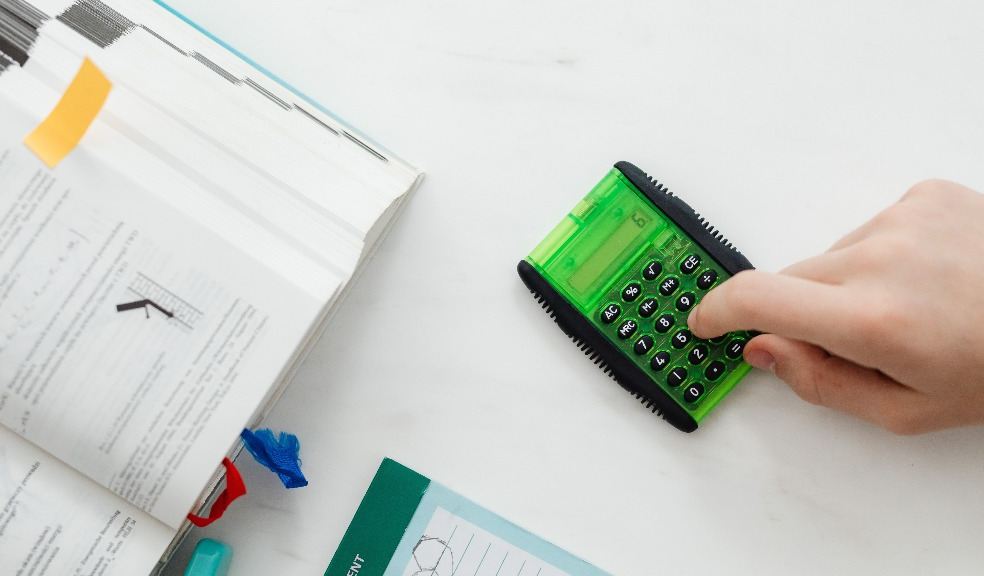
VAT: A brief history
Value-added tax or VAT as it is more commonly known is one of the largest sources of revenue for the Government in the UK; the third largest to be specific. It was first brought into effect in the UK in 1973 so as to replace the old Purchase Tax system that was in place before VAT. This new tax system was brought in not long after the UK joined the European Union.
VAT is a levy that affects the purchasing of most goods and services from businesses that are registered to operate in the UK, it also affects many of the goods that are imported into the UK too. At the very beginning in 1973 the taxation rate was a flat 10% but then a year later was adjusted to 8% for most goods and services except for some goods deemed a luxury as the rate for them went to 12.5%. In 1979 it changed again and the standard VAT rate went to 15% and the luxury rate was removed.
This rate would stay in place until 1991 when it increased again to 17.5% but this was for a specific reason. It was announced in March of 1991 that the controversial Poll Tax/ Community Charge was going to be abolished (this would happen in 1993) so that is why VAT was increased so as to pay for the reduction of £140 in the tax.
In 1997 when the new Labour Government was elected, the new Chancellor of the Exchequer (who handles the tax rates) Gordon Brown announced that there were going to be some changes to specific VAT rates. One such rate for example that was changed was the tax rate on domestic fuel and power which was changed from 8% to 5%, this was brought into practice in September of 1997. Gordon Brown brought down the tax rate on other specific products and services over the length of his time as Chancellor. Such as lower rates on sanitary products, children's car seats, the conversion/ renovation of some residential properties, contraceptives, and products that help people quit smoking.
The next big change was in 2011 when the standard VAT tax rate was increased again to 20%. Between the years 1973 and 2011, there were numerous changes made to specific products and services but the main ones are covered here. Also, between the years 2007 and 2011, the standard rate fluctuated until it settled at 20% in 2011.
From 2011 to the present day the standard rate for most goods and services has remained at the rate of 20% but the big change that was made throughout those years was the introduction of the reduced rate and the zero rate. These two rates are for products and services that are deemed more necessary or even outright essential. The current reduced rate is 5% and it covers things like children's car seats and household energy. The zero rate is for the products or services regarded as essential such as children’s clothing and most food. If you need a breakdown of all the rates for specific goods and services the gov.UK website will have that for you to read.
That covers the introduction of VAT and the major changes made over the years all the way up until the current day. For more information about VAT make sure to speak to a specialist such as Bells Accountants.











